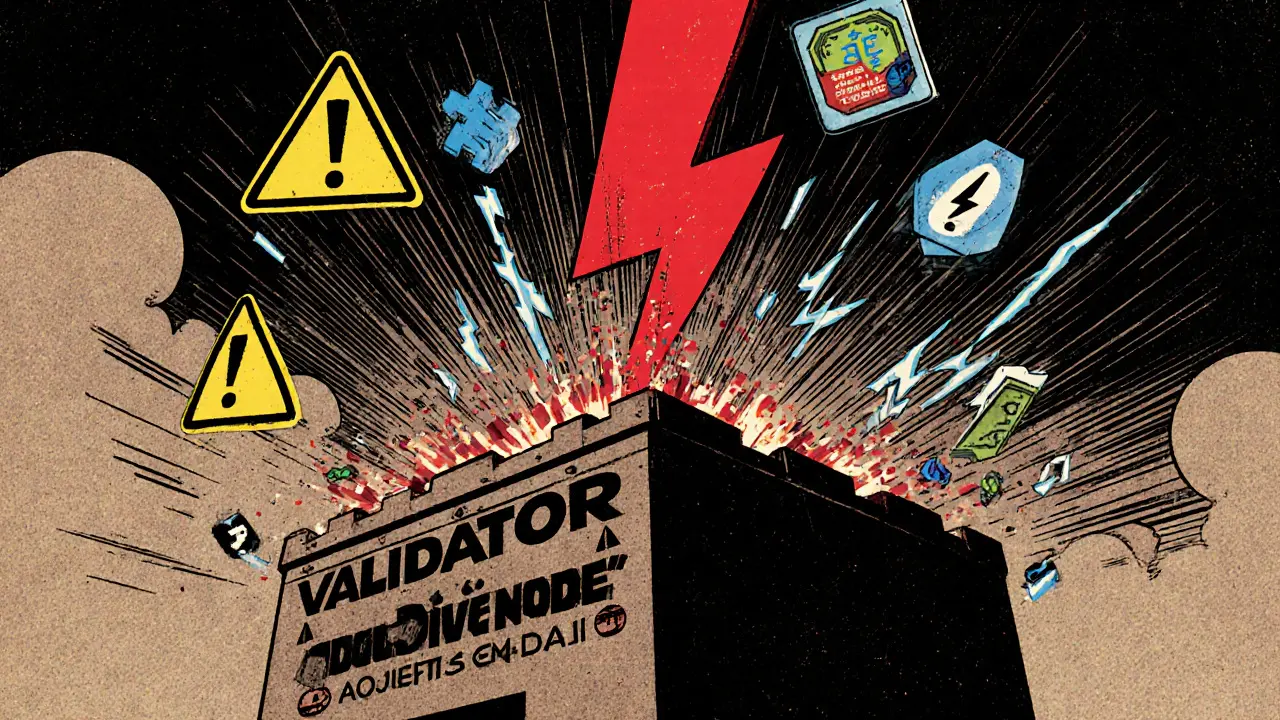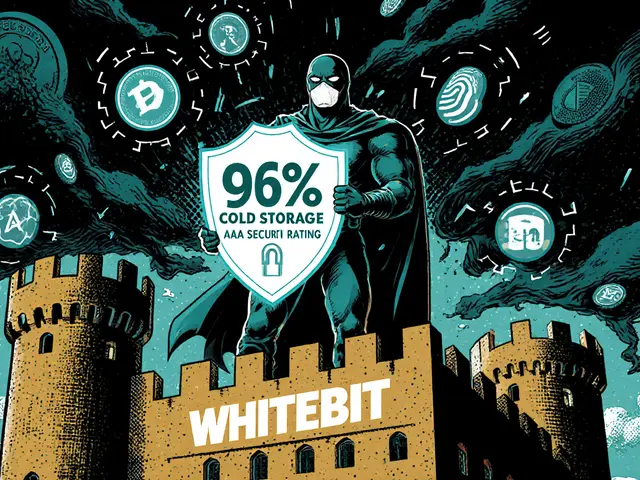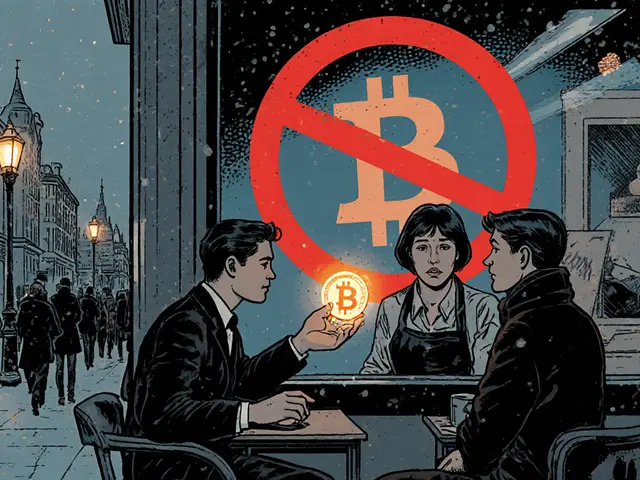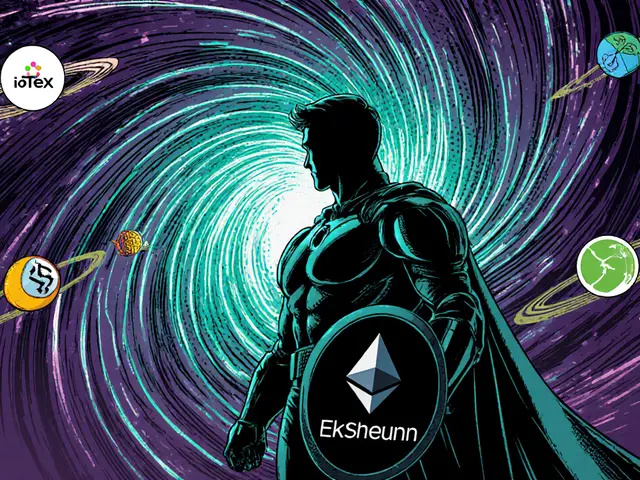Staking Penalties: What They Are and How to Avoid Them
When you stake your crypto, you're helping secure a blockchain network—and getting rewarded for it. But there's a catch: staking penalties, fines imposed by blockchain networks when stakers fail to follow the rules. Also known as slashing, these penalties can take away part or all of your staked coins if you go offline, double-sign, or miss too many validation duties. This isn't a bug—it's a security feature. Networks like Ethereum, Cosmos, and Polkadot use staking penalties to keep validators honest and prevent attacks.
Staking penalties don't happen randomly. They're tied to how the network handles proof-of-stake, a consensus mechanism where validators are chosen based on how much crypto they lock up. If you're running a validator node and your machine crashes, your stake gets hit. If you try to sign two different blocks at the same time—a sign of bad intent—you lose more. Even simple things like not updating your software can trigger penalties. That’s why many users choose staking services instead of running their own nodes. It’s not just about earning rewards; it’s about avoiding losses.
Not all staking is the same. Some networks have soft penalties—small deductions that reset after you fix the issue. Others, like Ethereum, can slash up to 100% of your stake if you’re caught acting maliciously. The key is knowing your network’s rules before you stake. Check if the platform you’re using has insurance, auto-restart features, or penalty protection. Some exchanges cover penalties for you. Others don’t. And if you’re using a wallet like Coin98 or MetaMask to stake, make sure you’re not accidentally delegating to a validator with a bad uptime record.
Staking penalties are real, and they’re growing more common as more people jump into proof-of-stake networks. You can’t ignore them if you want to keep your crypto safe. The best defense? Stay informed, pick trusted staking providers, and never assume your rewards are guaranteed. The next time you see a high APY on a new token, ask: what happens if I get penalized? Most people don’t. That’s why so many lose money.
Below, you’ll find real-world examples of staking risks, how they show up in crypto exchanges, and what to watch out for when choosing where to stake your coins. Some posts cover specific chains. Others expose platforms with hidden penalties. All of them are about protecting your stake—not just maximizing returns.






